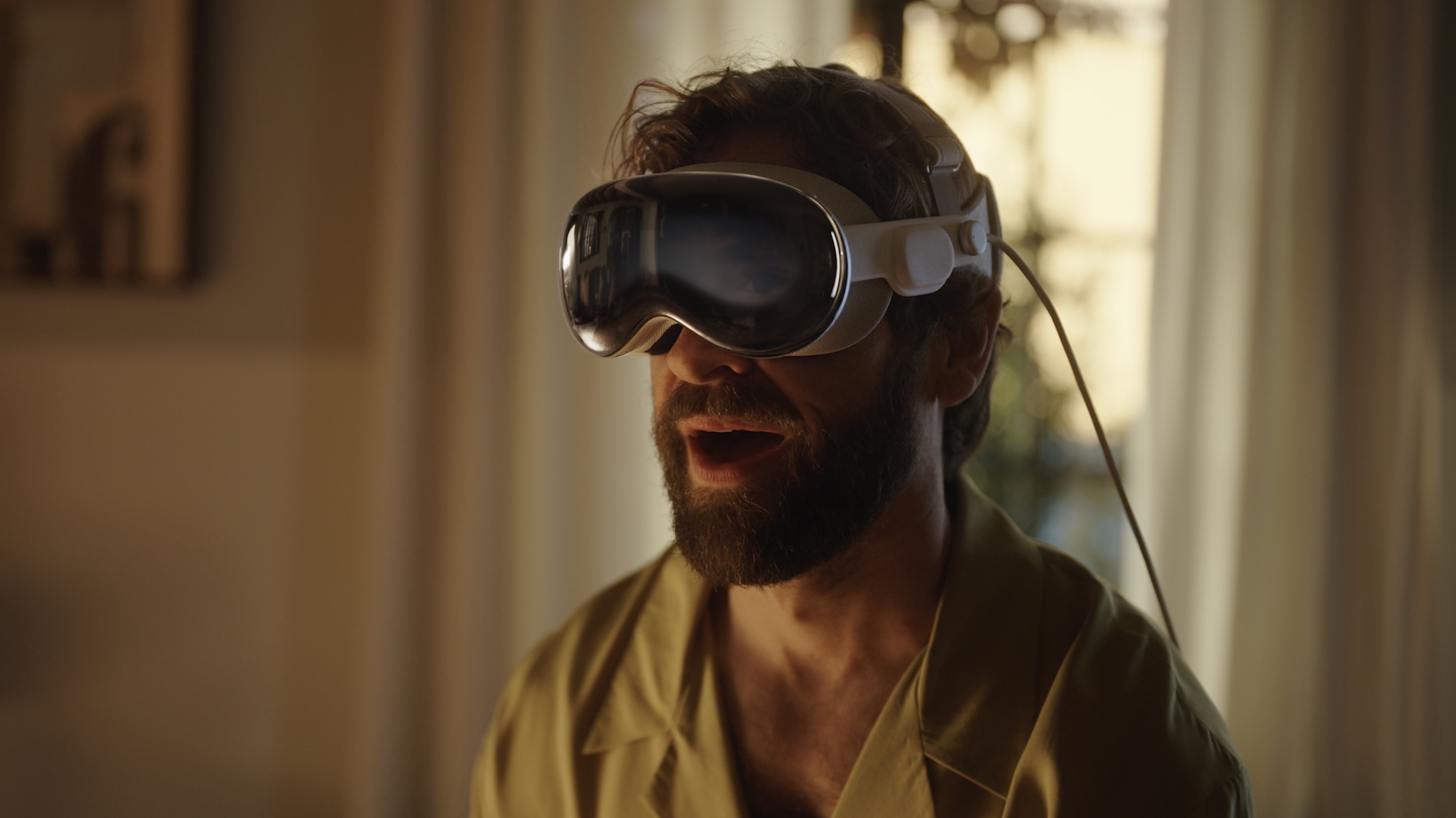This Vision Pro wannabe is really a MacBook Pro in disguise
This MacBook Pro-powered Vision Pro costs less than $1,000 to build and actually works.

Apple's Vision Pro was finally announced at WWDC on June 5, an unveiling that brought an end to years of rumors and leaks. But the headset won't go on sale until early 2024, and Apple isn't saying exactly when that will be. Recent reports suggest March at the earliest, meaning we still have a long wait. And even when it does arrive, the AR/VR headset will cost $3,499. And that's a lot of money.
So what if you could build something similar yourself? Something that would be available much sooner than March 2024 and most importantly, wouldn't cost $3,499. What if it could cost, say, less than $1,000?
That's something that the folks on the Mac Address YouTube channel set out to figure out and the whole thing, as you'd expect, was turned into a video. That video takes us through how the whole thing was created, but that's just the start. After spending a week with the faux Vision Pro, one team member was left to ponder just how useful something like the Vision Pro could be in day-to-day life and during a week in the office.
A hacked-together headset
The Mac Address crew stuck to their sub-$1,000 build budget by taking a 2019 MacBook Pro and removing the broken display — that explains why it was so cheap — and hooking the whole thing up to a pair of Rokid Max AR glasses. That meant that the budget Vision Pro wasn't wireless, but if you consider the real Vision Pro's battery pack, Apple's own headset isn't going to be, either.
The end result was half a MacBook Pro connected to a pair of AR glasses with one person putting the whole system through its paces. They're a designer who previously used a 24-inch iMac and a second monitor, so moving to a world of augmented reality was always going to be an interesting switch. So how did it go?
Perhaps predictably, the whole process left everyone a little off-kilter, with the idea of having the Mac's desktop right in front of the user's face seeming weird at first. We can likely expect something very similar from the Vision Pro when that arrives as well, but I expect that we'll all get used to that soon enough.
One problem that did crop up was display real estate. Because the guinea pig designer was previously using a 24-inch iMac and an external display, they understandably felt cramped when they switched to a single display via the makeshift Vision Pro. Thankfully, that's a problem that should be fixed by the real Vision Pro's ability to run multiple apps in the same 3D space. But that, like so much else about the Vision Pro, is something we will need to see for ourselves before we can be sure.
Master your iPhone in minutes
iMore offers spot-on advice and guidance from our team of experts, with decades of Apple device experience to lean on. Learn more with iMore!
A hint at what's to come
If there's one thing that this video shows us, it's that there are still plenty of questions surrounding how the Vision Pro will function and importantly, how we as wearers will deal with the change in interface. The video showed that there are still some awkward conversations to be had about how we all look and feel when we're wearing these things, especially during meetings and speaking with others.
But my overarching feeling after watching this video is that I really want to see how this thing pans out. The early hands-on experiences were positive and the people I've spoken to were extremely impressed with what they saw. But that's a relatively short demo period, and I'm more interested in what it's like to live with this headset full-time. And if the experience is positive that $3,499 asking price might be a lot easier to swallow.
More from iMore

Oliver Haslam has written about Apple and the wider technology business for more than a decade with bylines on How-To Geek, PC Mag, iDownloadBlog, and many more. He has also been published in print for Macworld, including cover stories. At iMore, Oliver is involved in daily news coverage and, not being short of opinions, has been known to 'explain' those thoughts in more detail, too. Having grown up using PCs and spending far too much money on graphics card and flashy RAM, Oliver switched to the Mac with a G5 iMac and hasn't looked back. Since then he's seen the growth of the smartphone world, backed by iPhone, and new product categories come and go. Current expertise includes iOS, macOS, streaming services, and pretty much anything that has a battery or plugs into a wall. Oliver also covers mobile gaming for iMore, with Apple Arcade a particular focus. He's been gaming since the Atari 2600 days and still struggles to comprehend the fact he can play console quality titles on his pocket computer.
